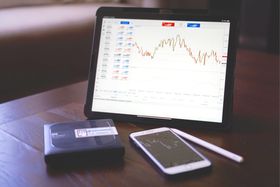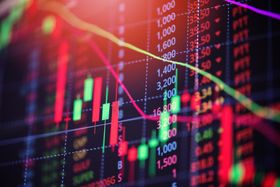What Will Happen if I Buy the Same Stock at Different Prices?
Buying the same stock at different prices will either raise or lower your average buying price depending on whether you are a long term investor or trader.
Published May 24, 2021
If you end up buying the stock at different prices, you need not worry. Your purchase price would be worked out on an average price. Below we'll have a look at how to calculate the average buying price of your stock and whether you can lower it.
How to Calculate Average Buying Price
To determine your average buying price, you add the total amount of money you spend buying all the shares and divide it by the total number of shares bought.
Pretend that you bought 100 shares at $10 per share and another 100 shares at $12 per share; you would have a total of 200 shares with an average buying price of $11 per share.
Example
Total shares: 100 + 100 = 200 shares
Total Cost: ($10 x 100) + ($12 x 100) = $2200
Average buying price: $2200 / 200 = $11
Following the above formula will give you accurate figures even if you bought the shares in uneven tranches, such as 20 shares, followed by 35 shares and another 42 shares, all at different prices.
Lowering Average Buying Price
When investors go long-term, they tend to buy more shares in a company as the price falls because they believe in its long-term potential, and it lowers their average buying price/costs.
On the other hand, short-term traders tend to buy more shares of a stock as the price rises as they look to ride a trend all the way to the top. Therefore, the effect of buying shares at different prices will differ depending on whether you are a trader or a long-term investor.
In the End
Whether you are a long-term investor or a short-term trader, the above formula for calculating average stock prices when buying stocks at different prices will work for you.
Related Articles

What You Need to Know About Investing in Multiple Cryptocurrencies
Filip Dimkovski
May 25, 2021

A Detailed Review: Forex and CFD Broker Henyep Capital Markets (HYCM)
Andrew Moran
December 23, 2024

MetaTrader 4: Safety, Scams, Community, Trading CFDs, Commodities & Stocks
Filip Dimkovski
December 22, 2024

The Wheel Options Strategy: Profitability and How To Use It
Filip Dimkovski
December 22, 2024

The Future of Crypto Regulation with Trump: A Critical Turning Point for the Digital Asset Industry
Adam Walker
January 15, 2025
